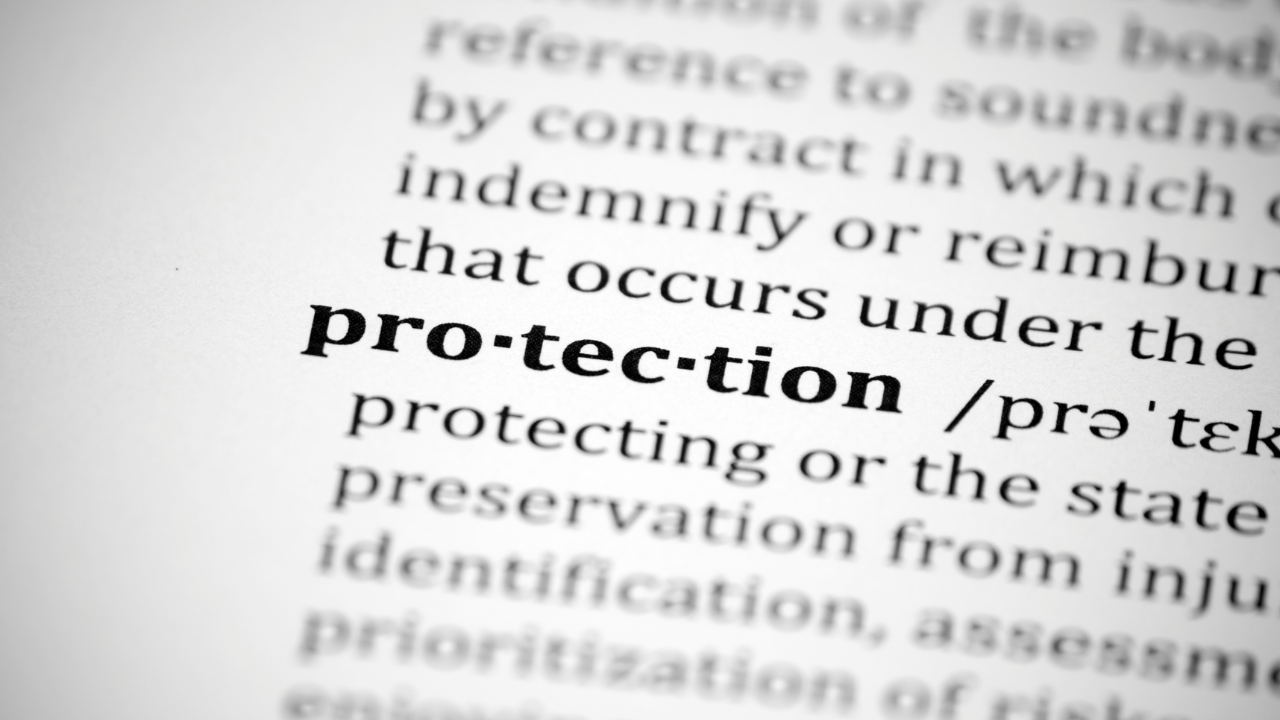When preparing for a background check, many people wonder about the visibility of certain legal actions. I Green Head is whether associate in the nursing rate of security leave look. Understanding this can be decisive for those facing employment screenings, housing Uses, or other evaluations.
What is an Order of Protection?
An order of protection often called a Teaching order is a legal decree Laid to protect individuals from abuse or harassment. these orders get changed in case and rigor. Common types include eCombinency protection orders temporary resTeaching orders and Indelible protection orders. apiece case serves to precautionary the supplicant from prospective harm
Types and Purposes of Orders of Protection
Combinency security orders are Problemd quick inch imperative situations typically long but amp few years. Temporary resTeaching orders protect for a set period often until a court hearing. perpetual security orders arsenic the list implies bid long security. These are problems after a court hearing where both parties present their case.
The primary purpose of these orders is to ensure the safety of individuals facing threats. they get admit supplies such as arsenic retention the operator out from the victim’s housework or train. Violating these orders can result in legal consequences including arrest and prosecution.
Does Order of Protection Show Up on Background Check?
Whether a background check reveals a protective order depends on many factors. In many cases, these orders are not directly visible, however, related legal action may occur. Let’s take a look at the details.
Criminal Records and Background Checks: If the protection order involves a criminal case, such as an assault or harassment charge. These records will appear on the background check. Such commands may not appear in the list. But there will be related criminal charges.
Civil and Criminal Orders: Civil protection orders which are often used in family law cases. It will not appear on a standard criminal background check, however, it may appear in civil court records. These records are generally accessible during a more comprehensive background check. This is especially true when performed in a legal or high-security position.
State and Jurisdiction Variability: The clarity of protective orders can vary by state and jurisdiction. In some states, these orders are confidentiality laws. In some states it is not. It is important to know the specific laws in your area.
Purpose of the background check: The depth of the background check may affect the order in which protections appear. Basic testing for entry-level jobs may not reveal such details, however, a comprehensive review of high-security roles likely will.
Legal and Privacy Considerations
A protective order comes with certain privacy protections. These are designed to protect the safety and privacy of requesters, however, specifics may vary. Here are some important points to consider.
- Confidentiality: Many states keep protective orders secret and are not included in public records. This means they won’t show up on standard background checks.
- Legal Protection: Individuals who receive a protective order are afforded certain legal protections. This includes the right to a fair trial and the opportunity to challenge the order.
- Impact on employment and housing: Although such orders may not appear But there may also be criminal charges involved. This may affect employment opportunities or housing applications. It is important to understand your rights and be prepared to discuss your history if necessary.
Steps to Take if You Have an Order of Protection
If you have a protective order There are various steps. Here’s what you can do to manage the potential impact of background checks:
- Consult Legal Counsel: Get legal advice to understand your specific situation. An attorney can advise you on what an order will look like on a background check. and what you can do
- Disclosure to Employer or Landlord: Decide whether and how to disclose the existence of the protective order. In some cases, this can help address potential concerns ahead of time. It’s important to be honest while protecting your privacy.
- Challenge Inaccurate Reports: If a background check shows that the protective order is invalid. You have the right to object. This may involve contacting the reporting agency and providing evidence to correct the error.
Preventative Measures and Resources
Consider these measures to reduce the impact of protective orders on background checks:
- Record expungement: In some cases, you can file a request to have certain records expunged or deleted.
- Support Resources: Access to resources for individuals with protective orders. legal aid agency Domestic violence support group and counseling services can provide assistance.
- Know your rights: Educate yourself about your rights regarding background checks and protective orders. Understanding your legal protections can help you deal with potential challenges more effectively.
You might wonder: Do Restraining Orders Show Up on Background Checks?
Conclusion
It is crucial to determine whether a background check represents a protection order. The purpose of these laws is to safeguard people. However, the effect on background checks may differ. Legal advice can help you manage the effects more skillfully. Recognize your rights and take initiative. To overcome this difficult problem, keep yourself updated and ask for help when you need it.
